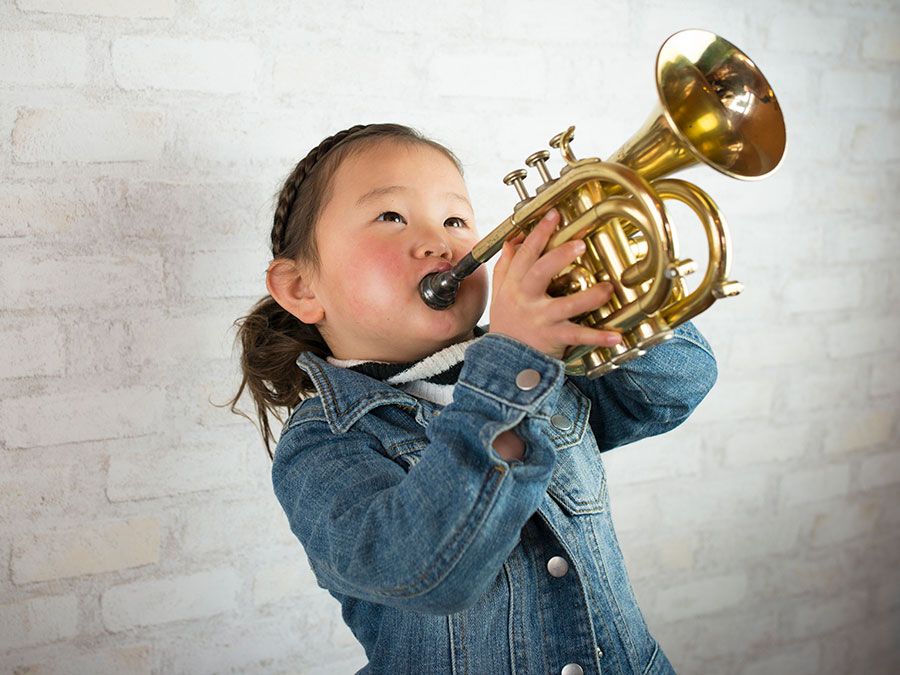chorale
- Related Topics:
- hymn
chorale, metrical hymn tune associated in common English usage with the Lutheran church in Germany. From early in the Reformation, chorales were to be sung by the congregation during the Protestant liturgy. Unison singing was the rule of the reformed churches, both in Germany and in other countries. Early polyphonic (multivoiced) versions may have been intended for a choir singing only the melody while the full version was played on the organ. In later polyphonic arrangements the melody shifted gradually to the treble line from its original position in the tenor.
The words of the Lutheran chorales were often Latin hymn texts translated into the vernacular. The melodies were often borrowed from secular song and therefore displayed great melodic and structural simplicity. Martin Luther’s own versions were often more irregular than the polished versions that later predominated.
The earliest large collection of such melodies was the Geystliches Gesangk-Buchleyn (1524), edited by Johann Walther with a preface by Luther. From that time, the technique of chorale writing expanded and many collections were published. Luther’s own compositions include “Ein’ feste Burg” (“A Mighty Fortress”) and “Vom Himmel hoch” (“From Heaven High”), of which he certainly wrote the words and almost certainly wrote or adapted the music.

Prominent in the development of the chorale in the 16th century were Michael Weisse, Philipp Nicolai, composer of the celebrated “Wachet auf!” (“Wake, Awake”), and Melchior Vulpius. Active in the 17th century were Johann Hermann Schein and Johann Crüger. Crüger edited the first editions of Praxis Pietatis Melica, a collection of tunes first published in 1644.
More complex chorale settings came from Johan Eccard and Michael Praetorius. Eccard’s chorale settings are virtually brief motets, and Praetorius was one of the first systematic arrangers in polyphonic style of tunes from earlier sources (Musae Sioniae, 1610). For these and for later German hymnody, see hymn.
In the passions and cantatas of Johann Sebastian Bach, the chorale appears as a richly harmonized hymn tune in which the congregation is expected to join with the choir. Bach’s chorales are strictly choral arrangements of well-known hymn tunes adorned with elaborate harmony; he never composed an original chorale.
In modern times the chorale is considered to be a musical setting, usually polyphonic, of a traditional religious text. The melody may be either a traditional tune, such as a hymn, or composed especially for the text. Alternatively, a chorale may set a traditional text in a traditional tune.











